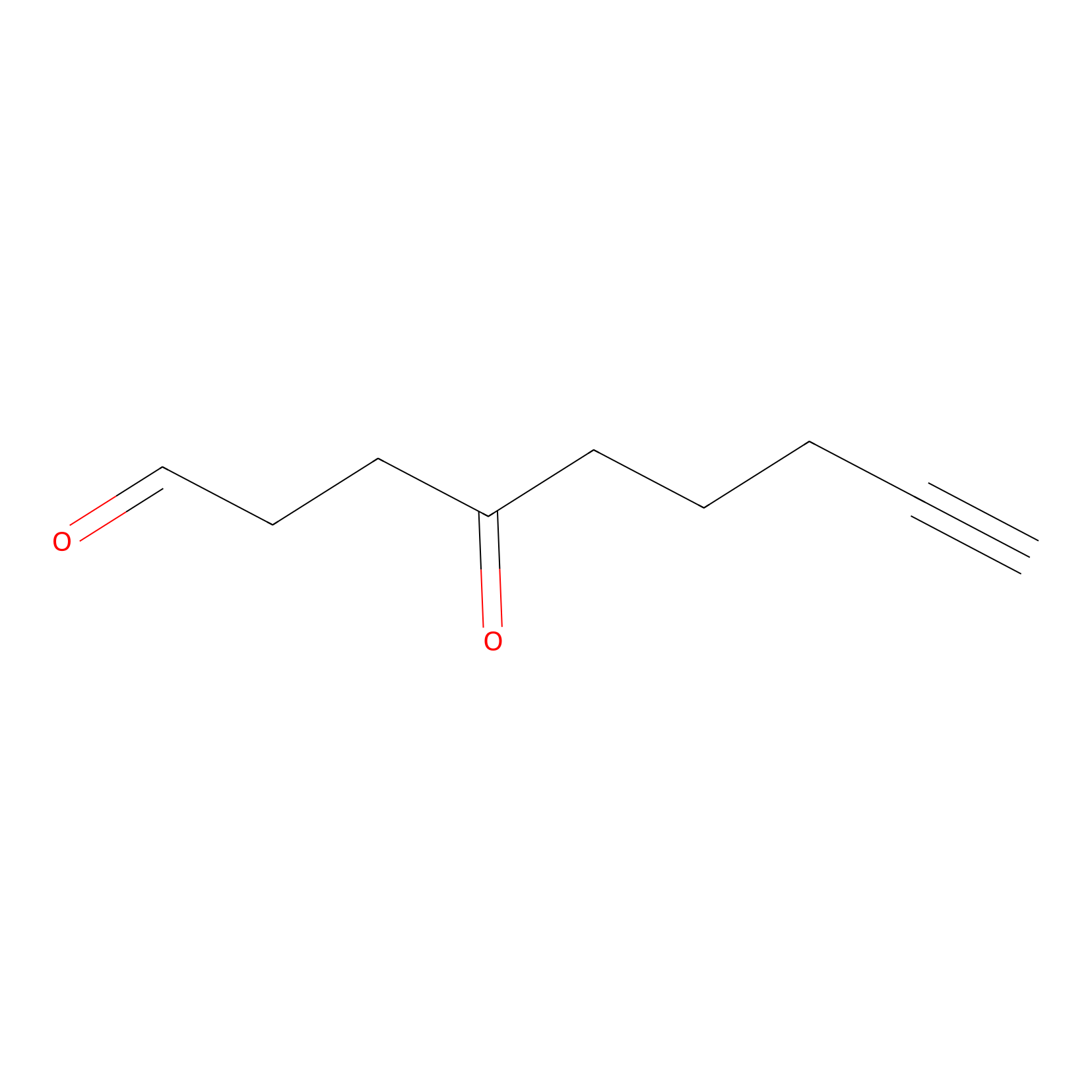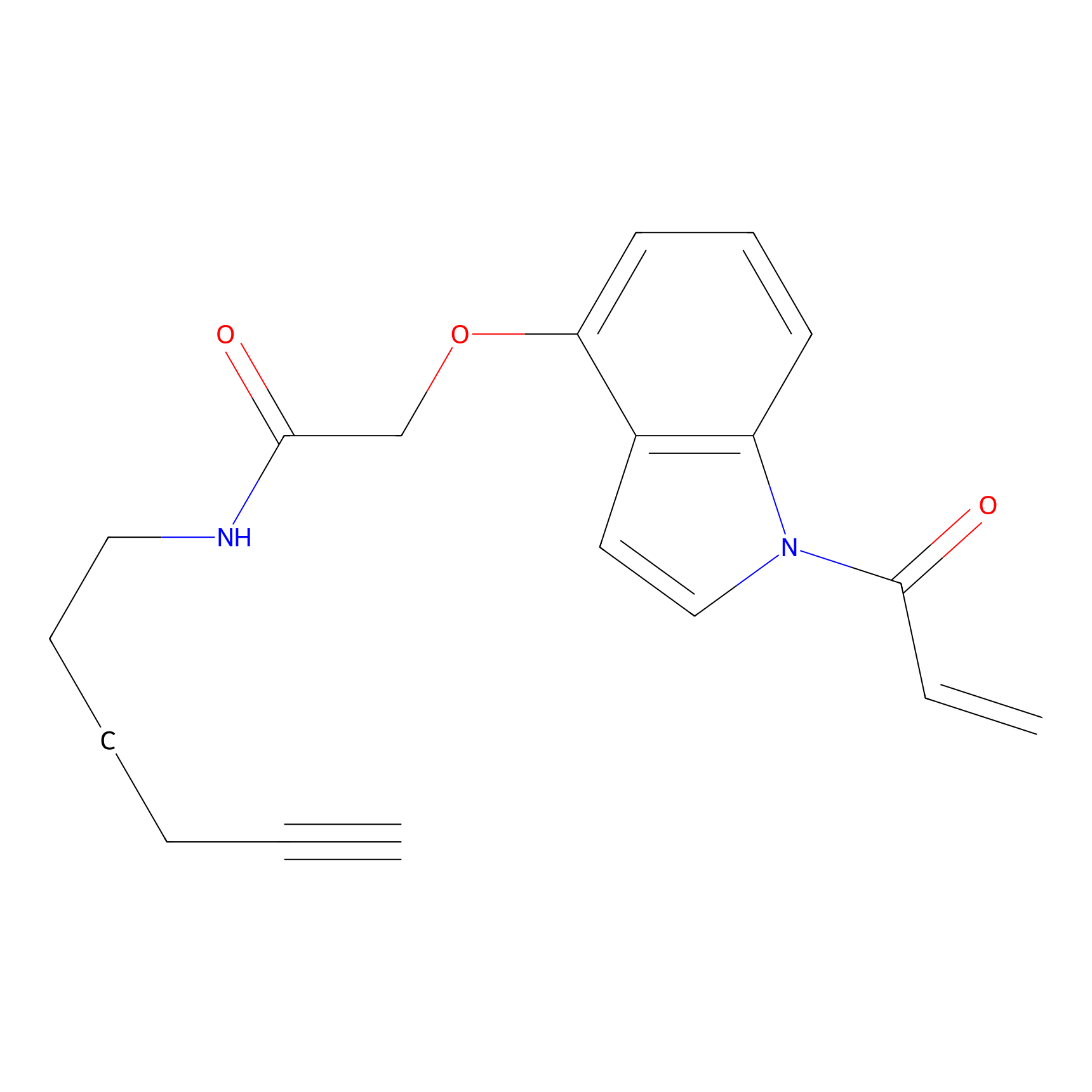Details of the Target
General Information of Target
| Target ID | LDTP11100 | |||||
|---|---|---|---|---|---|---|
| Target Name | Junctophilin-2 (JPH2) | |||||
| Gene Name | JPH2 | |||||
| Gene ID | 57158 | |||||
| Synonyms |
JP2; Junctophilin-2; JP-2; Junctophilin type 2) [Cleaved into: Junctophilin-2 N-terminal fragment; JP2NT)] |
|||||
| 3D Structure | ||||||
| Sequence |
MAESEAETPSTPGEFESKYFEFHGVRLPPFCRGKMEEIANFPVRPSDVWIVTYPKSGTSL
LQEVVYLVSQGADPDEIGLMNIDEQLPVLEYPQPGLDIIKELTSPRLIKSHLPYRFLPSD LHNGDSKVIYMARNPKDLVVSYYQFHRSLRTMSYRGTFQEFCRRFMNDKLGYGSWFEHVQ EFWEHRMDSNVLFLKYEDMHRDLVTMVEQLARFLGVSCDKAQLEALTEHCHQLVDQCCNA EALPVGRGRVGLWKDIFTVSMNEKFDLVYKQKMGKCDLTFDFYL |
|||||
| Target Bioclass |
Transporter and channel
|
|||||
| Family |
Junctophilin family
|
|||||
| Subcellular location |
Nucleus; Cell membrane
|
|||||
| Function |
[Junctophilin-2]: Membrane-binding protein that provides a structural bridge between the plasma membrane and the sarcoplasmic reticulum and is required for normal excitation-contraction coupling in cardiomyocytes. Provides a structural foundation for functional cross-talk between the cell surface and intracellular Ca(2+) release channels by maintaining the 12-15 nm gap between the sarcolemma and the sarcoplasmic reticulum membranes in the cardiac dyads. Necessary for proper intracellular Ca(2+) signaling in cardiac myocytes via its involvement in ryanodine receptor-mediated calcium ion release. Contributes to the construction of skeletal muscle triad junctions.; [Junctophilin-2 N-terminal fragment]: Transcription repressor required to safeguard against the deleterious effects of cardiac stress. Generated following cleavage of the Junctophilin-2 chain by calpain in response to cardiac stress in cardiomyocytes. Following cleavage and release from the membrane, translocates to the nucleus, binds DNA and represses expression of genes implicated in cell growth and differentiation, hypertrophy, inflammation and fibrosis. Modifies the transcription profile and thereby attenuates pathological remodeling in response to cardiac stress. Probably acts by competing with MEF2 transcription factors and TATA-binding proteins.
|
|||||
| Uniprot ID | ||||||
| Ensemble ID | ||||||
| HGNC ID | ||||||
Target Site Mutations in Different Cell Lines
| Cell line | Mutation details | Probe for labeling this protein in this cell | |||
|---|---|---|---|---|---|
| COLO800 | SNV: p.R245C | . | |||
| DOTC24510 | SNV: p.E441D; p.E476Q | DBIA Probe Info | |||
| DU145 | SNV: p.A488D | . | |||
| HCT116 | Deletion: p.G4AfsTer71 | . | |||
| HEC1B | SNV: p.D252G | . | |||
| HT | SNV: p.A394T | . | |||
| IGROV1 | Deletion: p.R467AfsTer41 | . | |||
| KPNYN | SNV: p.G21R | DBIA Probe Info | |||
| MCAS | SNV: p.K105N | . | |||
| MEWO | SNV: p.R655Q | . | |||
| MOLT4 | SNV: p.S65T | . | |||
| NCIH196 | SNV: p.G611C | . | |||
| ONS76 | SNV: p.N135K | . | |||
| RKO | SNV: p.G199C; p.A285T | . | |||
| RL952 | SNV: p.A225T | . | |||
| SNU1 | SNV: p.S192L; p.R533C | . | |||
| SUPT1 | SNV: p.T174M | . | |||
| SW1271 | SNV: p.Q356Ter | . | |||
| SW837 | SNV: p.A394T | DBIA Probe Info | |||
| UACC257 | SNV: p.R313C | . | |||
Probe(s) Labeling This Target
ABPP Probe
| Probe name | Structure | Binding Site(Ratio) | Interaction ID | Ref | |
|---|---|---|---|---|---|
|
ONAyne Probe Info |
 |
N.A. | LDD0273 | [1] | |
|
DBIA Probe Info |
 |
C29(1.56) | LDD3331 | [2] | |
|
NAIA_4 Probe Info |
 |
N.A. | LDD2226 | [3] | |
Competitor(s) Related to This Target
References
